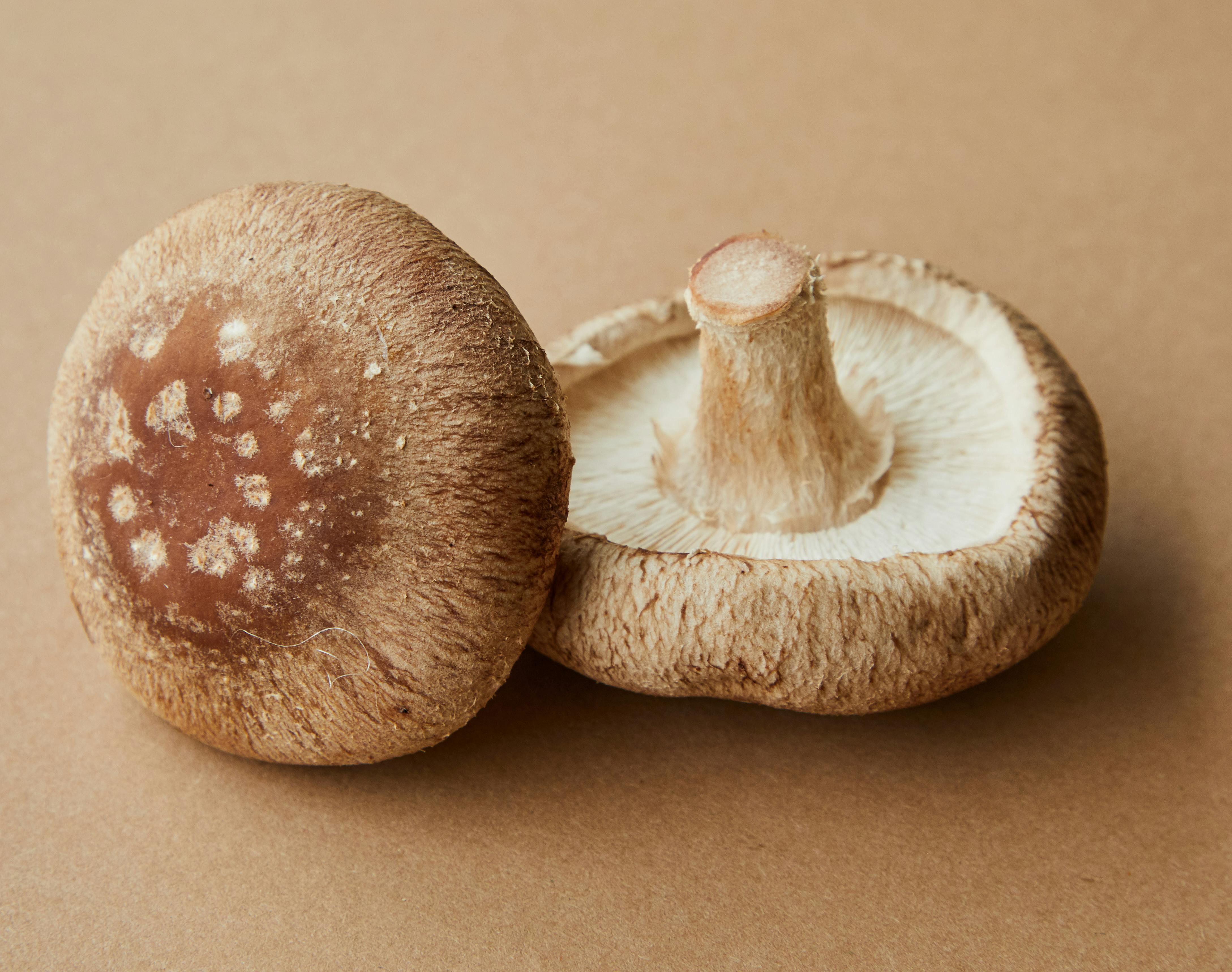Strawberries are a delicious and healthy treat, and they can be grown in home gardens. One of the most common questions gardeners have is how many strawberries can be harvested from one plant? The answer to this question depends on a few different factors, such as the type of strawberry plant, the amount of care it has received, and the time of year. In this article, we’ll explore these factors and provide information about how many strawberries you can expect to harvest from one plant.This will depend on the variety of strawberry plant and the growing conditions, but generally one strawberry plant can produce up to 1.5 quarts (1.4 liters) of strawberries each season.
Environmental Factors
The number of strawberries a plant can produce is heavily influenced by the environment in which it grows. Temperature, sunlight, and water are all important factors to consider when growing strawberries. If the temperature is too cold or too hot, the plants may not produce as many berries. Similarly, too much or too little sunlight can also have an effect on yield. Finally, adequate irrigation is necessary to ensure healthy growth and a good number of berries.
Soil Nutrients
The soil in which a strawberry plant is grown also plays an important role in its yield potential. The soil should contain the right balance of nutrients such as nitrogen, phosphorus, and potassium. Too much or too little of any one nutrient can lead to poor growth and reduced berry production. Additionally, it’s important to make sure that the soil is well-drained so that excess water doesn’t drown the roots.
Cultivar
The cultivar of strawberry plant also has an effect on its berry production. Different cultivars are bred for different characteristics such as flavor, size, color, and hardiness. Some cultivars are more productive than others and may produce more berries under ideal growing conditions.
Age
The age of the strawberry plant is another factor that affects its berry production potential. Young plants may not produce as many berries as mature ones since they haven’t had time to develop strong root systems and become established yet. On the other hand, older plants may be less productive due to age-related issues such as lack of vigor and disease susceptibility.
Care Practices
Finally, proper care practices are essential for maximum strawberry production potential. This includes regular fertilization with a balanced fertilizer formulated for strawberries, proper pruning techniques to encourage more blooms and larger berries, and adequate pest control measures if needed.
Methods to Increase the Quantity of Strawberries from One Plant
Growing strawberries can be a rewarding activity for any gardener. With a little care and attention, you can increase the quantity of strawberries from one plant for a more bountiful harvest. Here are some tips and methods for growing more plentiful strawberries.
Start by ensuring that your strawberry plant is planted in an area with well-draining soil and enough sunlight to thrive. If necessary, amend the soil with compost or organic matter to ensure adequate nutrient availability. Water regularly, but do not overwater, as too much water can cause disease and fungal issues in the plant.
To encourage more fruit production, remove any flowers that appear in the first year of planting. This will allow the plant to focus its energy on establishing itself and growing strong roots. Prune regularly throughout the summer season by removing dead or damaged leaves or runners that have become overcrowded. Additionally, apply fertilizer as needed during the growing season to provide additional nutrients for your strawberry plant.
Finally, consider planting multiple varieties of strawberries in close proximity to each other as this will help them cross-pollinate and increase their fruit production. Make sure to provide some kind of support for your plants so they are able to hold up under the weight of their fruit! With these tips in mind, you should be able to reap a bountiful harvest of sweet strawberries from just one single plant!
Advantages of Growing a Strawberry Plant
Growing a strawberry plant can be a rewarding experience. There are several advantages to growing your own strawberry plant. The most obvious advantage is the ability to have fresh, ripe strawberries at your fingertips. Not only are homegrown strawberries delicious, they also contain more nutrients than store-bought strawberries that have been shipped and stored for days or weeks. Additionally, growing your own strawberry plant will save you money in the long run, as you won’t have to buy strawberries from the grocery store. Furthermore, tending to a strawberry plant can be an enjoyable hobby and a great way to spend time outdoors in your garden or on your balcony.
Disadvantages of Growing a Strawberry Plant
Although there are many advantages to growing a strawberry plant, there are also some potential disadvantages. For one, it takes time and patience to grow and care for a successful strawberry plant. Additionally, pests such as birds and slugs can damage fruits on the plants if not kept in check by using organic methods of pest control. Furthermore, strawberries grown in one area may not be as good as those grown in another due to differences in soil quality and climate conditions. Lastly, some people may find it difficult to keep up with the maintenance required for their plants if they don’t have much gardening experience or knowledge about growing fruits and vegetables.
Soil Requirements for Growing Strawberry Plants
Strawberry plants require well-drained soil that is slightly acidic. The ideal pH range for strawberries is between 5.5 and 6.5, but they will tolerate a range of 5.0 to 7.0. A soil test can help determine the pH level of the soil and any other amendments that may be needed before planting.
The soil should also be rich in organic matter such as compost or aged manure, as this will provide essential nutrients to the plants and help retain moisture. Sandy soils are not recommended for growing strawberries as they do not retain water well and can cause stress to the plants during dry spells. If sandy soils are all that is available, then they can be amended with organic matter to improve water retention and nutrient availability.
Before planting, it is also important to check the drainage of the area and ensure that excess water can easily flow away from the strawberry bed. Poor drainage can lead to root rot and other diseases that can affect plant health and result in poor yields. If drainage is a problem then raised beds or containers can be used to improve drainage and provide a better growing environment for the plants.

Common Problems When Growing Strawberry Plants
Growing strawberry plants can be a rewarding experience, however, there are some common problems that can arise when trying to cultivate them. One of the most common issues is poor drainage. Strawberries need well-draining soil in order to thrive and produce healthy fruit. If waterlogged soil is an issue, consider adding organic matter or sand to help improve drainage. In addition, be sure to avoid over-watering the plants as this can lead to root rot and other issues. Another common issue is pests such as slugs and snails. These creatures can feed on the leaves and fruit of your strawberry plants, so it’s important to take preventive measures such as setting up traps or using slug pellets around your plants.
Another problem that may arise is disease such as gray mold or powdery mildew. This is caused by wet conditions and lack of air circulation in the garden bed where your strawberries are planted. To prevent this from occurring, make sure you allow plenty of space between plants for air flow and don’t water from overhead as this will promote fungal growth on the foliage of your plants. Finally, strawberry plants can also be affected by nutrient deficiencies if they don’t receive enough fertilizer or if there are imbalances in the soil pH levels. To ensure optimal growing conditions for your strawberry plants, regularly test your soil for pH levels and fertilize accordingly with a balanced fertilizer specifically designed for strawberries.
With proper care and attention, these common problems can be avoided, allowing you to enjoy a successful harvest of juicy strawberries!
Choosing a Plant
When selecting a strawberry plant, choose one that is healthy and disease-free. Look for plants with green leaves and firm, plump berries. Avoid any plants that have diseases or insects present. Additionally, be sure to select a variety of strawberry plant that is suitable for the climate in which it will be planted.
Planting the Strawberry Plant
When planting your strawberry plant, dig a hole big enough to accommodate the roots comfortably and fill it with soil that has been amended with compost or peat moss. Place the plant in the hole and fill in around it with soil. Water thoroughly after planting and keep the soil moist but not overly saturated.
Caring for the Plant
Once your strawberry plant is established, care for it by watering regularly and fertilizing every few weeks during the growing season with an all-purpose fertilizer. If planting multiple plants, be sure to provide adequate spacing between them so they have room to grow without competing for resources. Additionally, keep weeds away from your strawberry plant as they can compete with the plants for nutrients and water.
Harvesting Strawberries
Strawberries are usually ready to harvest when they turn red and detach easily from their stems. When harvesting strawberries, be sure to pick them gently so as not to damage the fruit or injure nearby plants. Depending on variety, strawberries should be harvested every few days once they are ripe until all of them have been picked.
Maintaining Your Plant
To keep your strawberry plant healthy, remove any dead or diseased foliage as soon as it appears and keep an eye out for pests such as slugs or aphids which can cause damage to your plants. Additionally, mulch around the base of your strawberry plants to help retain moisture and discourage weeds from growing in its vicinity.
The Benefits of Eating Strawberries from Your Own Plant
Eating strawberries from your own plant can be an incredibly rewarding experience. Not only are you able to enjoy the taste of freshly-picked strawberries, but you also get to enjoy the many health benefits associated with eating them. Strawberries are packed with antioxidants and vitamins, making them a great addition to any healthy diet. Furthermore, growing your own strawberries eliminates the need for harmful chemicals and pesticides, making them even healthier and safer to consume.
Strawberries are full of vitamin C, which helps boost the immune system and fight off colds and other illnesses. They are also high in fiber, which helps with digestion and can reduce cholesterol levels. Eating strawberries from your own plant is a great way to get your daily dose of antioxidants as well. The antioxidants in strawberries can help protect against various forms of cancer, including prostate cancer and lung cancer.
Having your own strawberry plant also means that you can pick them when they’re ripe and at their peak flavor. This ensures that you get the most nutritional value out of your strawberries as possible. You may also find that picking the berries yourself is a fun activity that brings you closer to nature and gives you a sense of pride in harvesting what you’ve grown yourself. Plus, it’s a great way to spend quality time with family or friends outdoors too!
Overall, eating strawberries from your own plant is an excellent way to enjoy delicious fruits while reaping all the health benefits they have to offer. Not only will you be helping yourself by consuming fresh fruits but you’ll be helping the environment too by reducing your reliance on chemical pesticides or store-bought produce that has been treated with various chemicals or preservatives.

Conclusion
It is possible to get many strawberries from a single plant, depending on the size and health of the plant. For a healthy plant that has been properly cared for, it is possible to get up to two quarts or more of strawberries from one plant. While this may not seem like much at first, it can be increased with proper care and attention. Planting multiple plants in one area will also help increase the amount of strawberries that are harvested. It’s important to remember that strawberries need plenty of sun and water in order to flourish and produce a large harvest. With proper care, you can enjoy plenty of delicious strawberries from one plant!
In conclusion, there are many factors that come into play when trying to figure out how many strawberries can be harvested from one plant. The size and health of the plant are important, as well as the amount of sun and water it receives. Taking these factors into consideration will help you determine how much you can expect from your strawberry plants!



